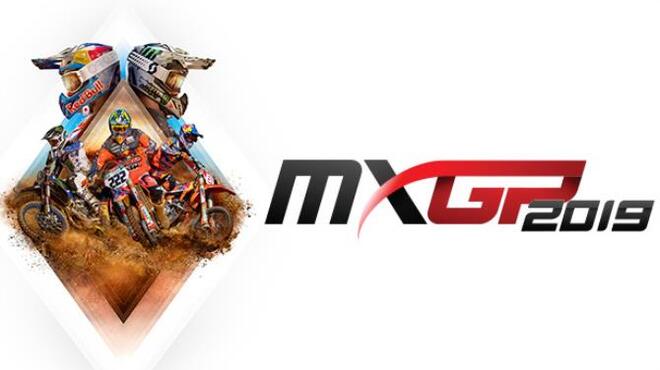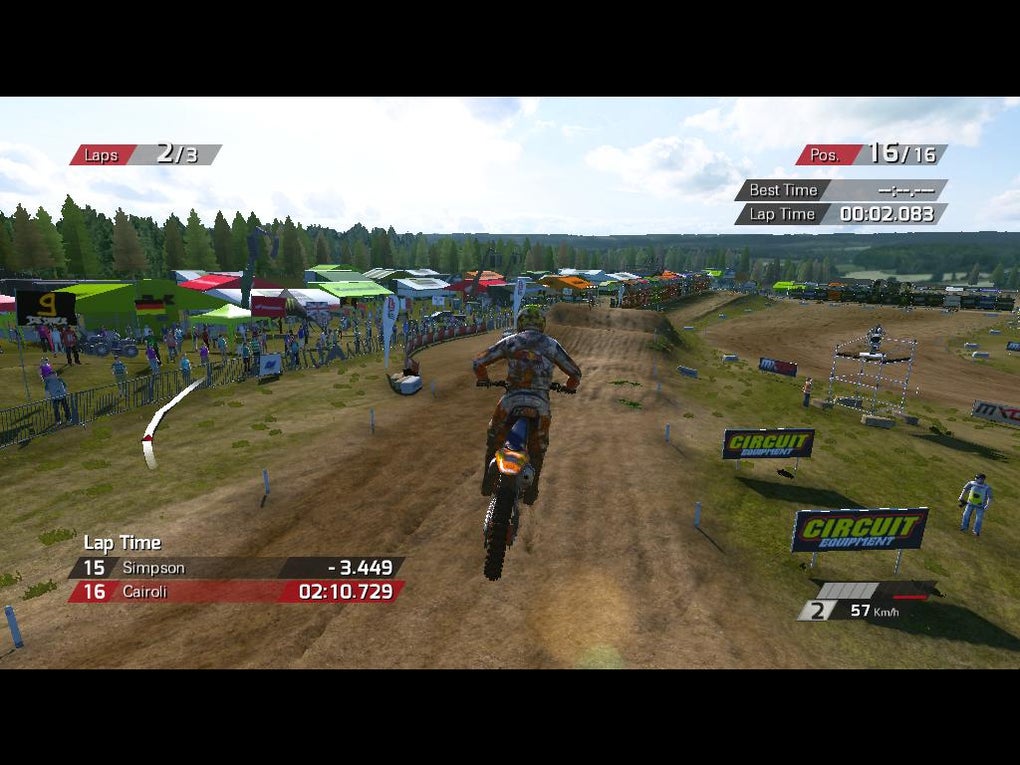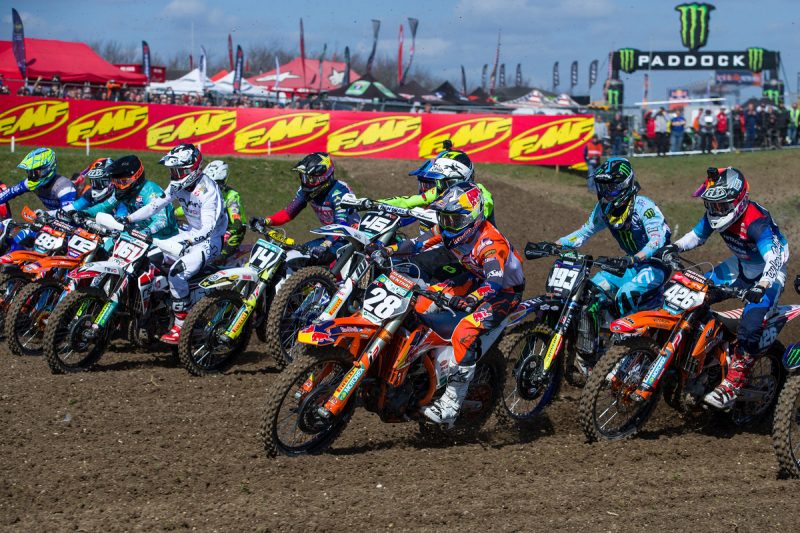

That being said, Motorcross Madness 2 does well to give the enjoyment of an arcade racer, while not taking itself too seriously in the implementation-offering great graphics, with flexible realism. Some sports games have managed to give a little of both and still remain enjoyable-for example, Slugfest is a great example of a baseball video game that toed-the-line between a simulator like The Show and an arcade game like Mario Superstar Baseball. While more simulation can lead to more realism, more arcade-style can lead to more fun. The difficulty for most racing games is in balancing the ‘simulator’ feel, with the ‘arcade’ feel. With that in mind, perhaps the weakest addition to Motocross Madness 2 came from its Pro-Circuit mode, which functioned as a campaign but offered the most repetitive (and long) races. While the modes weren’t all competitive with each other, Enduro and Stunts became quick fan-favorites-offering a lot of replayability with both friends and solo. With over 40 new tracks, six event types, a brand-new career mode and online functionality-it offered a lot of bang for its buck. In that regard, it doubled-down on its balancing act of simulation to arcade and brought a multitude of new options.


With games to compete against like Excitebike 64 and Supercross, Motocross Madness 2 had to bring something new to the table.

Motocross Madness surprised everyone with its release in 1998 and Motocross Madness 2 didn’t have the underdog mentality in 2000 to lean against any longer. With improvements across the board from graphics, to sound effects, gameplay variety, maps, customization, and an exciting online element-the game not only matched the original, but exceeded it. Riding in on the coattails of the original, Motocross Madness 2 already had an extremely high bar to shoot for-and it more than surmounted it.


 0 kommentar(er)
0 kommentar(er)
